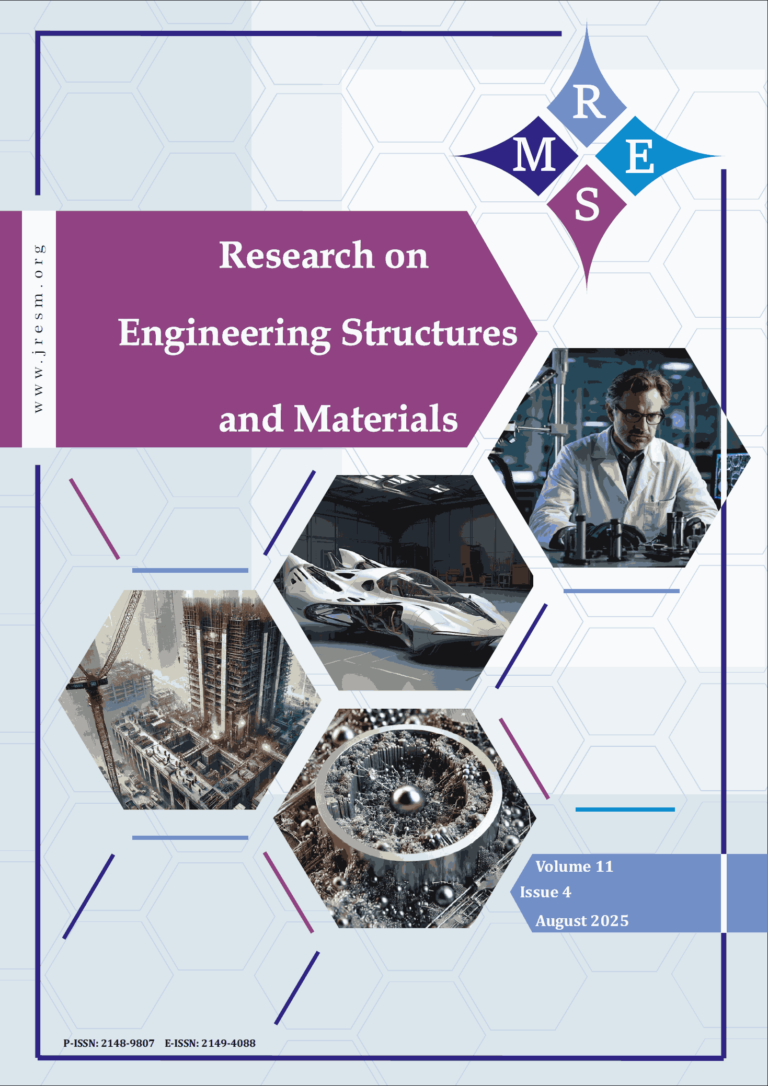This Research presents a comparative evaluation of steel structures designed using Indian Standard (IS) and American Institute of Steel Construction (AISC) codes, focusing on structural performance, material strength and deformation behavior. The analysis reveals significant differences due to variations in design philosophy, safety factors and material specifications. AISC W18X46 sections demonstrate superior working load capacity (3185.78 kN) compared to ISMB300 (2387.47 kN), while IS100X100X8 angles exhibit higher yield strength than AISC L4X4X5/16. AISC sections show lower shear strength, potentially due to more conservative evaluation methods. Deflection analysis indicates AISC beams outperform IS beams by reducing deflections by 6.5% to 12%, attributed to higher moments of inertia and stricter serviceability limits. Axial force values in AISC beams are 5.47% to 8.07% lower, suggesting optimized load distribution and better material utilization. Similarly, bending moments are reduced by 3.77% to 6.18% in AISC designs, reflecting improved structural efficiency. Stress ratio variations between the two codes remain minimal (0.11%–0.20%), ensuring safety in both approaches. The study concludes that while both IS and AISC provide safe structural designs, AISC offers enhanced performance and efficiency, making it preferable for high-performance, cost-effective applications depending on project demands and regional design standards.
